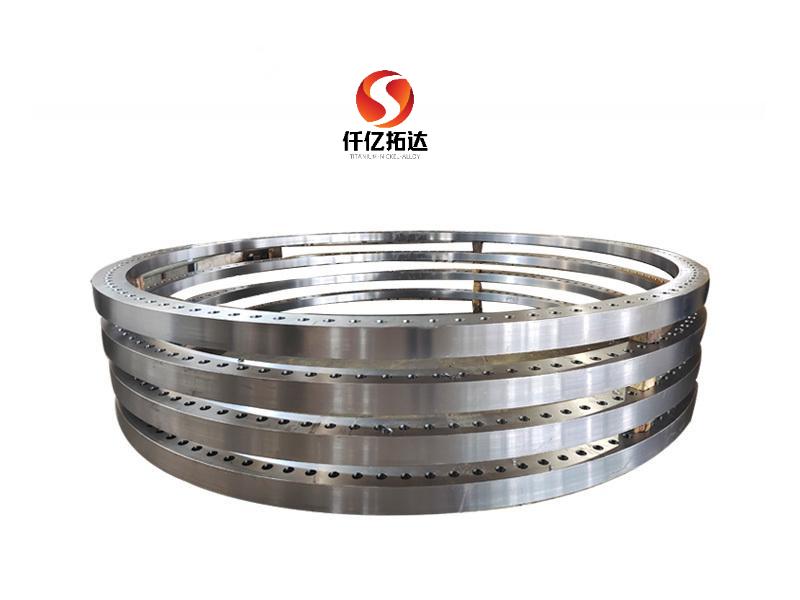Heat treatment and strength analysis report of titanium forgings?
—— Heat treatment and strength analysis report of titanium forgings?
[ 信息发布:本站 | 时间:2024-03-11 | 浏览:641 ]
Heat treatment and strength analysis report of titanium forgings?
The heat treatment and strength analysis of titanium forgings are critical processes to ensure the desired mechanical properties and performance characteristics of the forged components. Here is an overview of the typical heat treatment and strength analysis report for titanium forgings:
-
Heat Treatment Process:
- Solution Treatment: Titanium forgings are subjected to a solution treatment process, where they are heated to a specific temperature range to dissolve any alloying elements and homogenize the microstructure. This step helps eliminate residual stresses and refine the grain structure of the forgings, improving their mechanical properties and machinability.
- Quenching: After solution treatment, the forgings are rapidly quenched in a suitable quenching medium such as water, oil, or polymer solution to achieve the desired hardness and strength. Quenching helps lock in the desired microstructure and prevent the formation of undesirable phases.
- Age Hardening: Some titanium alloys undergo an additional age-hardening or precipitation-hardening treatment to further enhance their strength and hardness. During this process, the forgings are aged at a specific temperature for a certain period to allow the precipitation of fine intermetallic phases, which strengthen the material.
-
Strength Analysis:
- Tensile Testing: Tensile testing is conducted to evaluate the mechanical properties of titanium forgings, including tensile strength, yield strength, and elongation. Specimens are machined from the forgings and subjected to tensile loading until failure occurs. The stress-strain curve obtained from the test provides valuable information about the material's strength and ductility.
- Hardness Testing: Hardness testing is performed to assess the hardness of the forgings, which is an indicator of their resistance to deformation and wear. Various hardness testing methods such as Rockwell, Vickers, or Brinell hardness tests may be employed depending on the specific requirements.
- Microstructural Analysis: Microstructural analysis, such as optical microscopy or scanning electron microscopy (SEM), is conducted to examine the grain structure, phase composition, and presence of any defects or anomalies in the forged components. This analysis helps verify the effectiveness of the heat treatment process and ensure the desired microstructural characteristics are achieved.
-
Report Summary:
- The heat treatment and strength analysis report provides detailed information about the heat treatment parameters, including heating and cooling rates, soaking temperatures, and duration.
- It presents the results of mechanical testing, including tensile strength, yield strength, elongation, and hardness values obtained from the forgings.
- Microstructural images and analysis findings are included to assess the quality and integrity of the forgings.
- Recommendations or conclusions may be provided based on the analysis results, highlighting any deviations from the specified requirements and suggesting corrective actions if necessary.
Overall, the heat treatment and strength analysis report ensures that the titanium forgings meet the specified mechanical properties, quality standards, and performance requirements for their intended applications.

